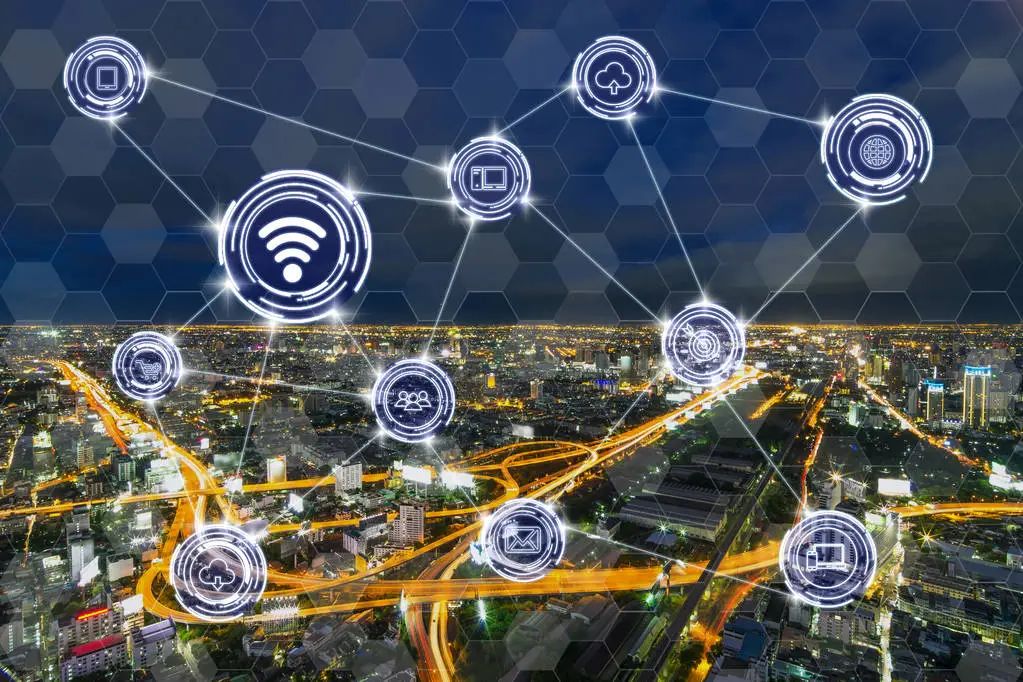
The rapid development of the Internet of Things (IoT) has significantly transformed the landscape of smart buildings. From optimizing energy management to enhancing security, IoT technology is driving the evolution of next-generation smart infrastructure. Among these technologies, Bluetooth Low Energy (BLE) Real-Time Location Systems (RTLS) have become essential tools for achieving real-time tracking and asset management. Today, we will briefly explore the technical foundations, advantages, challenges, and widespread applications of BLE RTLS in smart buildings.
The development of smart buildings benefits from advancements in IoT, greatly increasing the interconnectivity and automation of building spaces. BLE RTLS, as a crucial technological tool, can provide real-time information on asset location, personnel movement trajectories, and environmental conditions. Compared to traditional positioning systems, BLE RTLS offers higher cost-effectiveness, energy efficiency, and ease of deployment.
Technical Overview of BLE RTLS
BLE RTLS utilizes the Bluetooth Low Energy protocol, employing technologies such as Received Signal Strength Indicator (RSSI), Angle of Arrival (AoA), and Angle of Departure (AoD) for precise positioning. These technologies can achieve sub-meter accuracy, which is critical for asset tracking and personnel management. The core components of the system include BLE beacons, anchor nodes, a central processing unit, and a user interface.
BLE beacons are responsible for periodically transmitting wireless signals, while anchor nodes are fixed at specific locations to receive and calculate location information. The central processing unit analyzes data through servers or the cloud, and the user interface provides a visual display of real-time location information. Additionally, BLE RTLS employs various positioning algorithms, such as RSSI trilateration, fingerprinting, and AoA and AoD positioning, to enhance positioning accuracy and system stability.
Key Advantages of BLE RTLS in Smart Buildings
The advantages of BLE RTLS technology in smart buildings primarily lie in its high accuracy, cost-effectiveness, scalability, energy efficiency, and seamless integration into the IoT ecosystem. BLE AoA technology can achieve sub-meter accuracy, making it particularly suitable for emergency evacuations and high-value asset tracking scenarios. Furthermore, compared to traditional RTLS technologies like Ultra-Wideband (UWB) and RFID, BLE devices and infrastructure are more cost-effective, enhancing the technology’s promotional value.
Moreover, BLE networks exhibit excellent scalability, supporting large-scale deployments suitable for large smart buildings, airports, and industrial parks. The low power consumption of BLE devices extends battery life and reduces maintenance costs. More importantly, BLE RTLS can seamlessly integrate with existing IoT platforms, enabling more efficient management and optimization in collaboration with Building Management Systems (BMS), security architectures, and analytical tools.
Market Challenges
Despite the numerous advantages of BLE RTLS, its promotion still faces certain challenges.
Firstly, although BLE RTLS is more cost-effective compared to other RTLS solutions, it still requires investment in hardware, software, and deployment infrastructure.
Secondly, during integration, ensuring that BLE RTLS can seamlessly embed into existing IoT architectures and achieve compatibility with various protocols involves significant technical challenges. Additionally, real-time positioning technology may raise user privacy concerns, necessitating robust encryption measures and compliance with relevant data protection regulations.
Finally, the accuracy of BLE signals may be affected by physical obstacles, electromagnetic interference, and multipath effects, requiring advanced filtering and error correction algorithms to enhance system reliability.
Applications of BLE RTLS in Smart Buildings and Other Fields
BLE RTLS demonstrates broad application prospects across multiple fields. In emergency response management, this technology can track personnel locations in real-time and combine environmental monitoring data to improve the efficiency and safety of emergency evacuations. Additionally, BLE RTLS can be used for environmental monitoring, optimizing building space utilization, and monitoring key parameters such as air quality.
In large facilities such as airports, hospitals, and shopping centers, BLE RTLS can provide location-based navigation and path guidance services to enhance user experience. Simultaneously, this technology can be applied to asset and inventory management, ensuring real-time tracking of high-value equipment, optimizing logistics management, and preventing asset loss. In security management, BLE RTLS allows for monitoring restricted areas and sending alerts to management personnel upon detecting unauthorized access.
Furthermore, this technology is widely used in precision marketing, where retailers can leverage BLE RTLS for location-based marketing, pushing personalized promotional information to enhance customer engagement. In smart parking management, BLE RTLS can be used for parking space allocation and vehicle navigation, improving parking efficiency and reducing the time owners spend searching for parking spots.
Future Development Trends
With the technological upgrades of BLE 5.1 and above, the positioning accuracy of BLE RTLS will further improve, expanding its application scenarios. Additionally, the integration of artificial intelligence (AI) and machine learning technologies will optimize the data analysis capabilities of BLE RTLS, enhancing predictive maintenance and decision support capabilities. In the future, the development of hybrid RTLS solutions will become a trend, combining BLE with UWB, LiDAR, and Wi-Fi technologies to enhance positioning accuracy and reliability. At the same time, the introduction of blockchain technology will provide higher security for RTLS data management, ensuring the integrity and privacy of location data.
Conclusion
BLE RTLS plays a crucial role in the operational management of smart buildings, providing high-precision, low-cost, and energy-efficient real-time tracking solutions. Despite facing certain technical challenges, BLE RTLS is gradually becoming a mainstream solution due to its outstanding scalability and IoT compatibility.